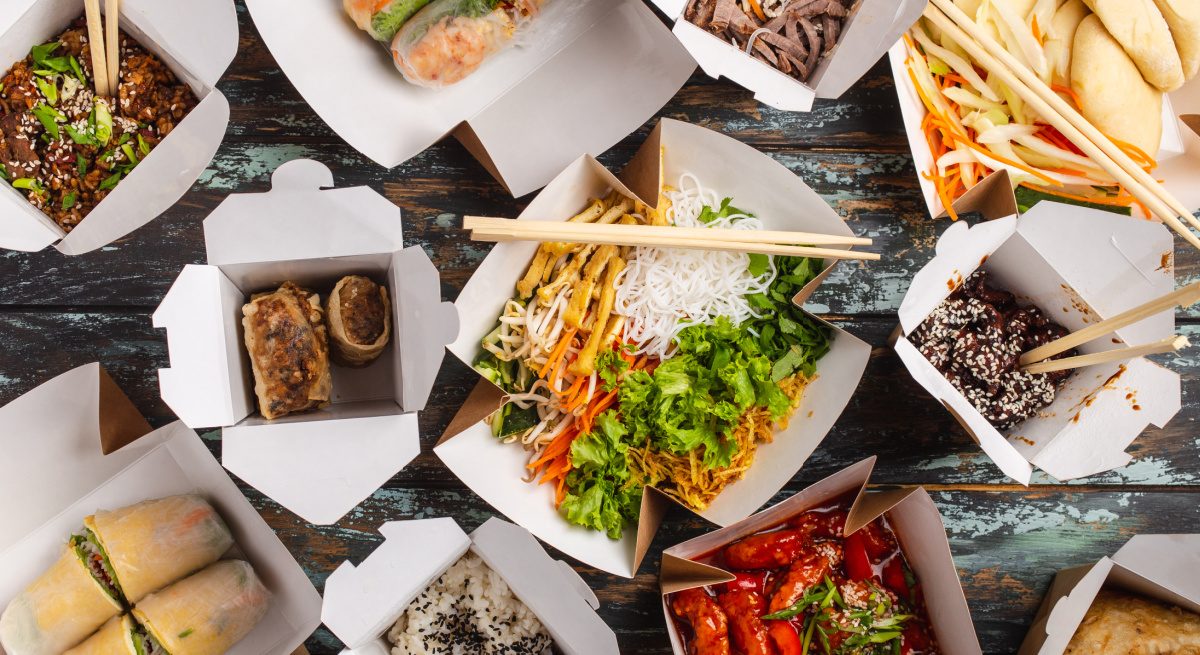Is More Delivery/Takeout on Your Menu? Remove Food Safety Risks—Digitally
3 Min Read By Martin Flusberg
When the COVID-19 pandemic began in the U.S., a multi-site restaurant operator with more than 200 locations that was shifting to takeout only decided to evaluate its already robust food safety system.
The company had installed sensors to monitor its 700+ refrigeration units and flag food temperature “incidents” in real time. Doing some forensics into their records, management realized that over a five-month period they had received over 14,000 alerts to potential problems. These alerts had surfaced more than 3,500 potential incidents, spread across almost every location. But the incidents never compromised customers’ safety because the restaurants were able to discover and remediate them in real time.
As other restaurant operators emerge from the worst of the pandemic, amp up their takeout and delivery businesses, and participate in ghost kitchens, they may want to borrow a page from this company’s playbook. As meals are prepared, transported and occasionally reheated in customers’ homes, an endless array of potential safety issues could crop up—without warning or notice. The key to preempting them is to remove the human element from the equation—through technology.
Extending Staff Capabilities
Humans are inherently limited in what they can observe and control without automation—especially if there are systemic issues spanning multiple locations. The restaurant environment is just too complex. Even if they are monitoring some processes at regular intervals, they are likely missing myriads of hidden issues that can surface from second to second.
For example, another safety conscious concept received several thousand alerts to temperature issues in its walk-in freezers and coolers, involving 400+ locations, over a recent 30-day period. Because of the alerts, the restaurants were able to address the problems in time to keep takeout and delivery customers safe.
Both of the companies referenced are using the Internet of Things (IoT) to connect, analyze and control their equipment. This is empowering them to collect data more frequently; capture and act on problems faster, therefore lowering risk; keep their people watching for anomalies; and document and archive records online to demonstrate that problems are resolved.
IoT technologies enable restaurants to connect virtually any equipment—from refrigerators and ovens to fryers and dish machines—and monitor and “talk to” their equipment in real time, through an online interface or mobile app. In addition, they can receive real-time alerts on potential problems, and these alerts can be escalated to management if issues are not being addressed. Having these extra eyes and ears enables restaurant management to notice patterns – and even identify “frequent flyers” (sites that are regularly experiencing particular issues).
Enabling the Agile Kitchen and More
What kinds of data should multi-site restaurant companies be watching? To maximize takeout/delivery safety, they need to be aware of:
- Exceptions/deviations from standard processes: For example, another restaurant group using IoT technology is alerted when meat has started the cooking process before being fully defrosted, enabling them to discard the food before any customers become ill.
- Problems with recipe changes: Being able to rapidly change menus/recipes is a competitive advantage—all the more true in a Ghost Kitchen. Automating recipe distribution, so that ingredients are accurate and recipes fully understood, can ensure product quality and safety.
- Glitches with equipment operations: Is the water hot enough for a dishwasher’s final rinse cycle? Is the detergent consistently at the right level? Are ovens heating fast and fully enough—or is a restaurant in danger of sending out chicken that’s crispy outside but raw in the middle? Do refrigerators need to be set lower before the milk in customers’ coffee to go starts to curdle?
- Other safety issues: Automating all food safety-related tasks and HACCP reporting not only minimizes errors and reduces risk, but also frees up staff time to focus on other critical issues.
The bottom line is that as restaurants add more takeout and delivery to their plates— and as they see a return of guests to their dining areas—they need to take food safety risks off the table. Automating temperature monitoring and the performance of other safety-related tasks can not only turn up hidden issues as they surface and reduce mistakes; it can lay the foundation for strong growth as the economic recovery accelerates.


